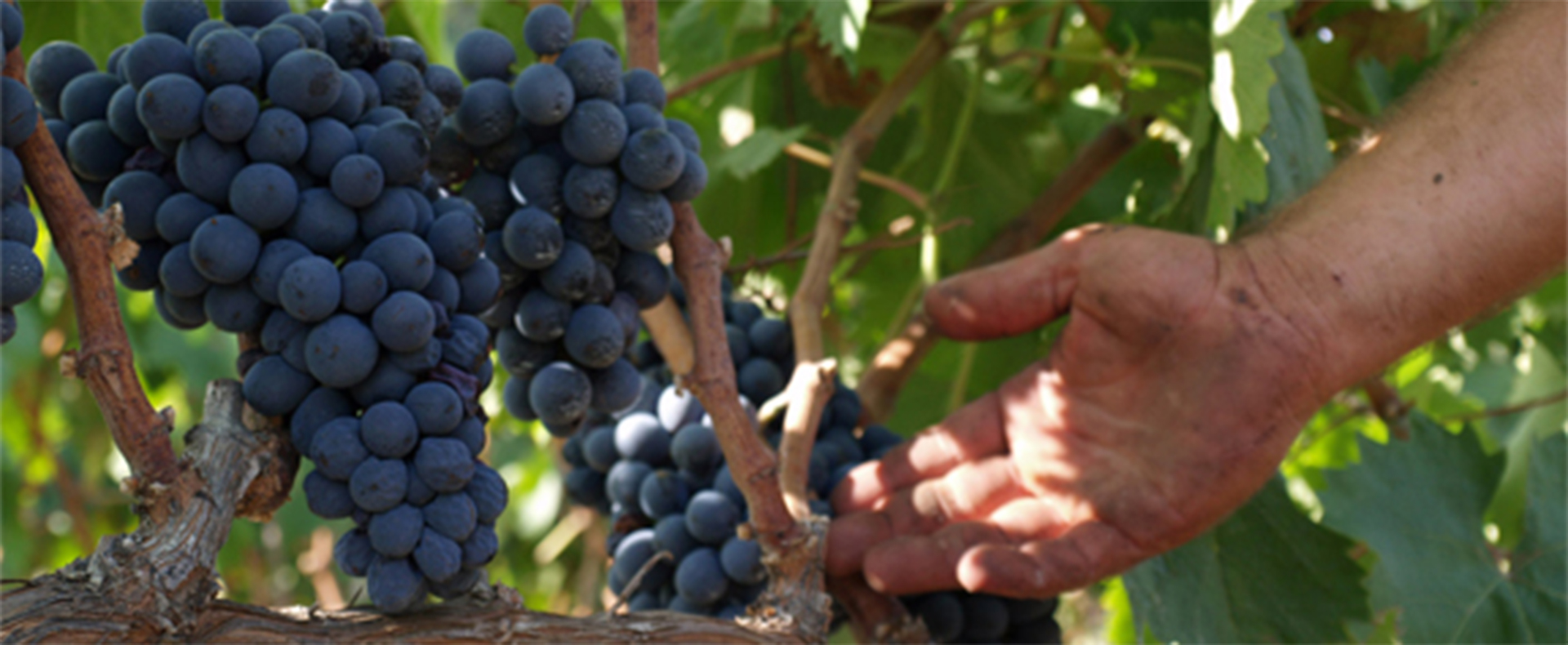A post from our American wine blogger Jeremy Parzen, author of DoBianchi.com.
The “numerous synonyms” of Negroamaro, write the editors of Jancis Robinson’s excellent Wine Grapes (New York, HarperCollins, 2012), “suggest that Negroamaro is an old and historically widespread variety. Its etymology and origin are disputed: some authors suggest a simple etymology from negro (‘black’) and amaro (‘bitter’), while others supposed a Greek etymology and origin from mavro (‘black’), despite the redundancy of ‘black black’, referring to the historical links between Puglia and Greece. Since Negroamaro’s DNA shows no relation to modern Greek varieties, the ‘black-bitter hypothesis’ seems more logical. In addition, a variety named Negro Dolce (‘black sweet’) is documented in Salento in the nineteenth century, probably to distinguish it from the better amaro one.”
As a philologist, I might tweak their speculation that the “black-bitter hypothesis’ seems more logical.” After all, etymology is rarely logical however plausible. In other words, word origins seldom align as neatly as the human mind and heart would like.
Having said that, I do agree that the “black-bitter” etymon is the most plausible.
Here’s why.
The name of the tannic red grape from Greece, Xinomavro, also means literally “black-bitter” (more precisely, bitter- or acid-black; the order is reversed in the Greek).
The grapes are not genetically related, as the editors note.
But there is a relation between the two varieties: they both began to appear and rise in popularity at roughly the same time, at the end of the nineteenth century, when an important shift was beginning to emerge in wine tastes.
At the time, a new wine style was taking shape as many bottlers abandoned the sweet, dried-grape wines that dominated viticulture until the modern era. And more and more bottlers were creating “dry” wines.
In Greece, in the 1870s, the Boutari family became the first major wine producer to bottle and label Xinomavro. The family’s goal was to become the first vintner to ship wine outside of Greece since the end of Turkish rule (the Turks outlawed winemaking there).
And around the same time, Negroamaro first begins to appear in viticultural literature.
I wasn’t able to find documentation in any Italian sources online.
But Google books delivered a remarkable result.
In the Report of the Agricultural Experiment Station of the University of California published in Sacramento in 1890, the editors describe a number of grape varieties newly arrived from Italy, including Negro amaro and Negro dolce. The objective of their research, they write, is to find grapes that will render “dry wines” in California’s warm climate (the irony of what California wine became will not be lost on many readers, I imagine).
The report is tedious to read but it lends some serious weight to the “bitter-black hypothesis.”
Today, new hybrid grapes are often given vanity names or are named after their creators.
But in the late nineteenth century, when agronomists were experimenting with grapes in order to find varieties that would yield particular styles (like the California researchers), enonyms served — in part — as marketing tools.
Primitivo is a great example of this.
Known as Crljenak Kaštelanski and Tribidrag in Croatia, the grape became Primitivo (early) in Italian most probably because it is an early-ripening variety.
How is this an advertisement?
When the goal of a winemaker is to produce as much wine as possible (as was the case for a nineteenth-century producer), an early-ripening grape is ideal (for all the obvious reasons).
When you said Primitivo to a wine consumer in nineteenth-century Puglia, it’s likely that she or he (and it was more likely to be a he than a she) perceived value in grapes that were picked early — before they could be damaged by rot or mildew resulting from late summer rain or otherwise inclement weather.
Mutatis mutandis, it’s plausible that as was possibly the case with Xinomavro (a grape that has numerous synonyms, like Negroamaro), the name Negroamaro emerged thanks to grape growers and bottlers who wanted to let consumers know that they were producing a dry wine.
What we do know for sure is that these were the decades that saw the emergence of a preference for dry wines.
The California report gives us a clear-cut example of this. The researchers were looking for grapes that would produce dry wines in the California heat. It’s one of the reasons that Zinfandel (another synonym for Primitivo) was favored there historically.
Philology is never an exact science and it’s more likely than not that we’ll never have a definitive answer to this conundrum.
But my training as a philologist leads me to believe that the “black-bitter hypothesis” is the more plausible.
I also believe that Xinomavro and Negroamaro, while not genetically related, share a linguistic and cultural affinity that I’ve outlined here.
That affinity gives us a clue — not an answer — into the origins of the enonym, Negroamaro.
Thanks for reading.


